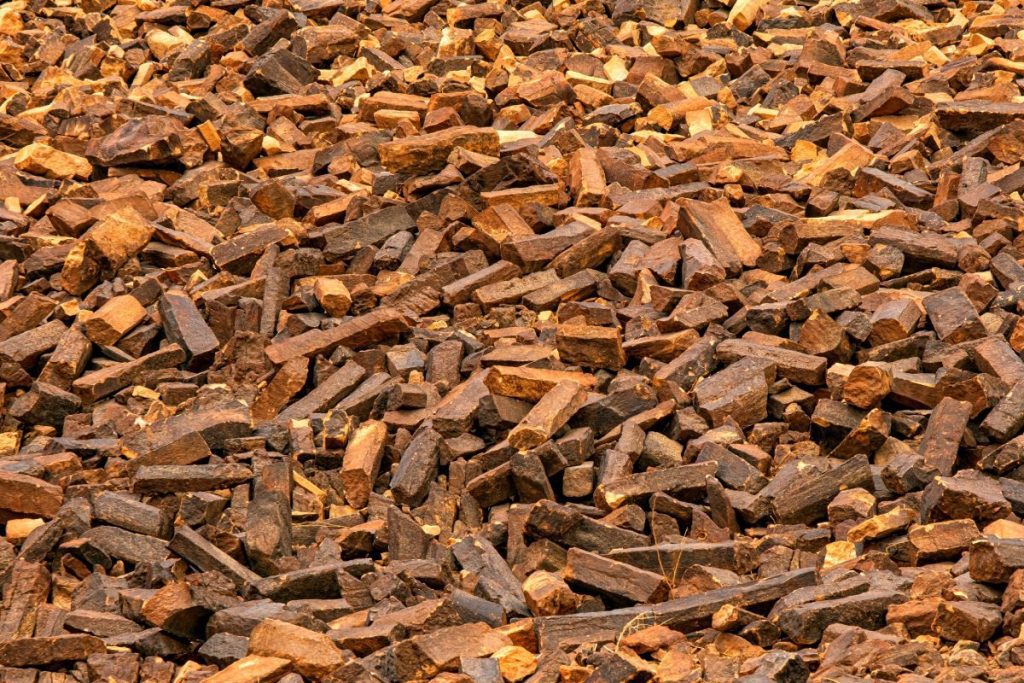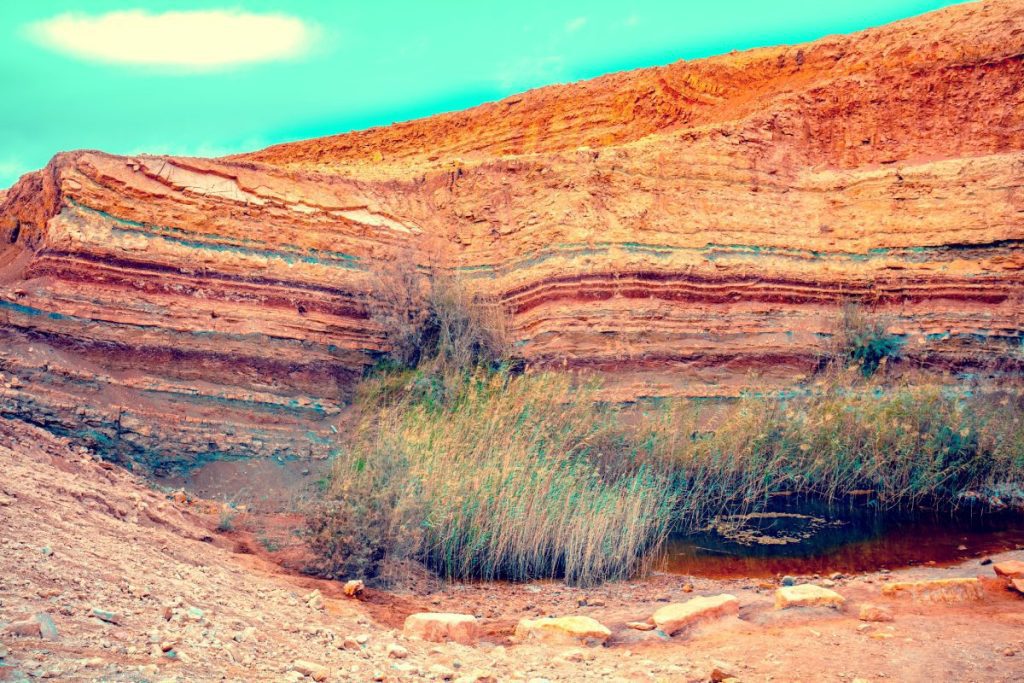How Ramon Crater was formed? That’s a very interesting question! To answer that we’ll need to go back in time millions of years. The crater in Israel is a unique geological phenomenon. Craters like Ramon are formed in such a process are found only in the Negev and Sinai regions. They were formed by a long process lasting millions of years, which included rock sedimentation, folding, and weathering. At first soft layers of land rock sediment, such as sandstone, were formed.

How Was Ramon Crater Formed? So after the region was flooded by the sea, harder marine rock sediments were formed above them, such as limestone. An ancient geological fault caused the rock layers to buckle and fold, creating an anticline while the ocean still covered the region.
The rise of the anticline and retreat of the water caused the anticline to be exposed as an “island” in the sea. The hard upper rock layers began to erode, exposing the soft layers underneath them.
Tethys Ocean

(Credit: Lennart Kudling – CC BY 3.0)
Rivers flowing westward left alluvium consisting of pebbles and sandstone. At a later stage, the anticline rose again, asymmetrically, inclining eastward to the Arava Valley due to the movement of the Great Rift Valley.

Some More On How Ramon Crater Was Formed
The river flowing on the ridge eastward eroded the soft layers of sandstone; the lift and incline enabled the sand layers at the heart of the anticline to empty quickly; thus creating the Makhtesh: A valley surrounded by tall cliffs, usually drained by a single stream.
So I hope I was able to answer the questions about how Ramon Crater was formed. And on my private guided tours of the Desert Negev, I promise you will get a much fuller explanation! Including visiting the visitor center of Ramon Crater Nature Reserve. The Tour there doesn’t take long but gives you a really detailed explanation of how is it formed. Including cool videos and more!

Borsiknet, CC BY-SA 4.0, via Wikimedia Commons

